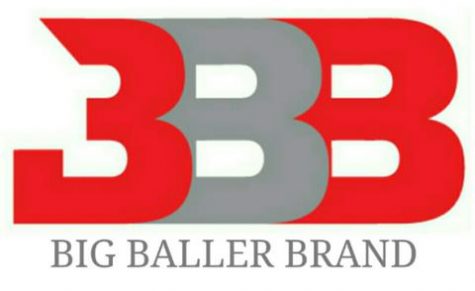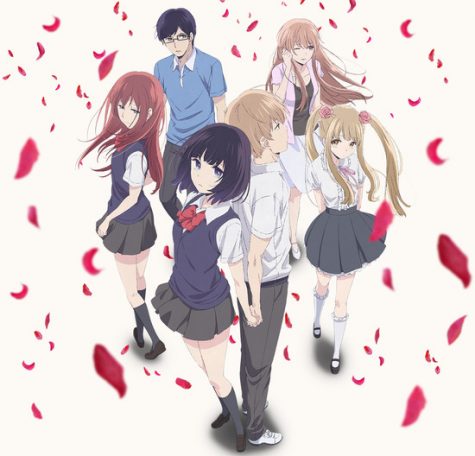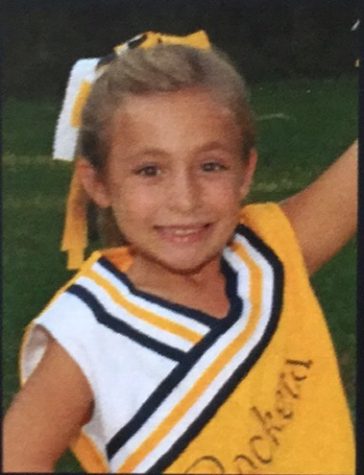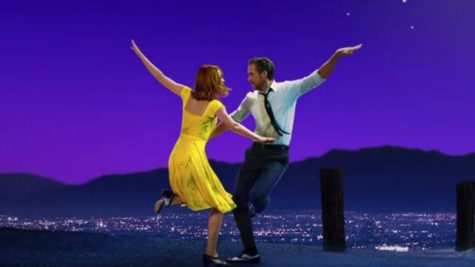Control Z your post, artist Jake Parker
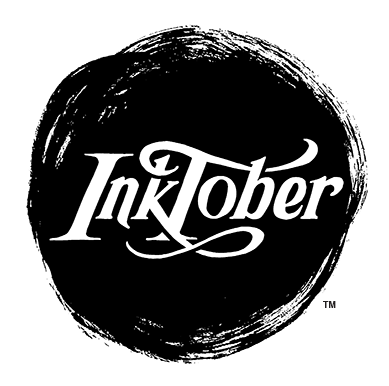
When I heard there was some drama in the art community, I was immediately interested. The art community is usually quiet and reserved, but when Baylee Jae posted a video concerning digital art and Inktober, just a couple minutes into watching it, I knew I needed to look into this myself.
Inktober is a yearly event where you draw every day in October. A prompt list is distributed online, and you draw something that corresponds to the prompt for that day.
Jake Parker, the creator of Inktober, made a controversial post on Twitter September 11, replying to the this question from a follower: “Can I draw digitally for Inktober?”
His post is about self improvement and not drawing with a “safety net.” Ink is permanent and requires artists to “think, commit and adapt,” he wrote. The post ends with him saying: “No one is going to stop you from doing inktober on your iPad, just know that you’re missing out on the FULL experience of Inktober.”
When I heard there was some drama in the art community, I was immediately interested. The art community is usually quiet and reserved, but when Baylee Jae posted a video concerning digital art and Inktober, just a couple minutes into watching it, I knew I needed to look into this myself.
Inktober is a yearly event where you draw every day in October. A prompt list is distributed online, and you draw something that corresponds to the prompt for that day.
Jake Parker, the creator of Inktober, made a controversial post on Twitter September 11, replying to the this question from a follower: “Can I draw digitally for Inktober?”
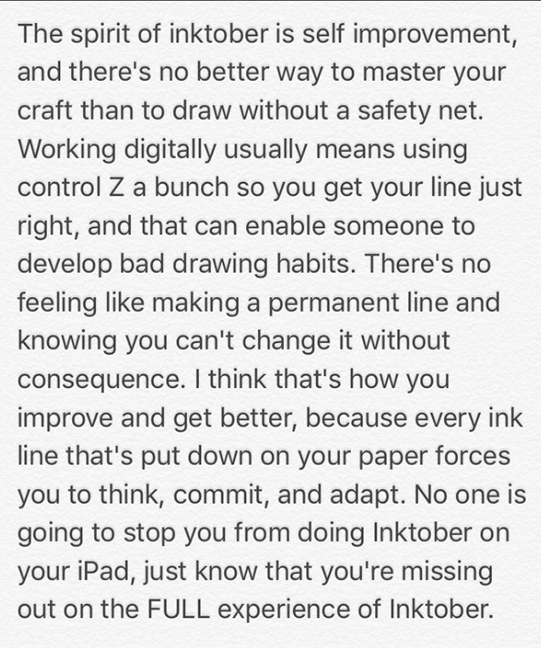
His post is about self improvement and not drawing with a “safety net.” Ink is permanent and requires artists to “think, commit and adapt,” he wrote. The post ends with him saying: “No one is going to stop you from doing inktober on your iPad, just know that you’re missing out on the FULL experience of Inktober.”
First, let me say that digital art has always been criticized, with heavy debate about whether or not digital art is “real art.”
Typically, art schools, teachers, and even fellow artists, criticize digital drawings for not being “real art,” meaning not traditional, like painting, sculpting or pen and paper.
Though a digital artist myself, I have not personally this same criticism of my art, experienced, but online, I have witnessed artists’ work being degraded for their non-traditional format.
What the critic doesn’t understand is that digital drawing is a new medium, and it’s relevant. When I’m browsing through my Snapchat subscriptions, and I see a drawing, I am more prone to click on it. It’s usually digital. I’ve been drawing for The Orbiter since sophomore year. That’s digital.
In fact, digital art has opened a lot of doors for me. My first day of freshman year, I brought a binder to store my folders and agenda. A junior in my sociology class pointed to the binder and said, “That would be cool if it was decorated.”
And I thought to myself, “You know, you’re right.”
And thus I printed out some of my digital art from my Kindle, and taped those suckers to my binder and made it look pretty.
Eventually, theater and English teacher, Jim Boardwine, also happened to notice my digital art and said, “I like that. I want to see more of this.” After that, I incorporated my art into a lot of his projects, and he even offered me a chance to take a class so I could have the opportunity to animate. I did not go the animation route, but I did take journalism, and that’s how I ended here. I’ve drawn for an editorial, a coloring page, sketched out irrational fears, created character drawings, depicted fanart, a comic and more.
Digital art is difficult. There is so much to learn. Depending on your type of tablet, you look at the computer screen while drawing on the tablet. You don’t see your hand, and are forced to develop or perfect hand-eye-coordination.
I used to draw like this, and it took me a month, or perhaps even longer, to fully grasp the dissociation when you draw.
Now I draw on a tablet where I draw directly on the screen. I’ve noticed a significant change. I can draw better in both traditional and digital formats.
Digital programs such as — Paint Tool Sai, Manga Studio, Photoshop and Gimp are other resources or digital artists.
It took me two years to grasp Manga Studio 5, the program I use. I still think I’m only scratching the surface of it.
While there is “Control Z,” as Parker says in the excerpt of his twitter post included with this story, you have to correct yourself and zoom out to see how the drawing looks.
What’s nice is that the tools are already provided for you. Instead of grabbing an actual ruler, you can use perspective lines. And if you need a reference to a certain pose, there are 3D models.
With traditional, if you mess up, alternatives to Control Z are erasers, white out, white gel pens and erasable pens
Both mediums have their own unique personalities. What’s truly best for someone is what works for them.
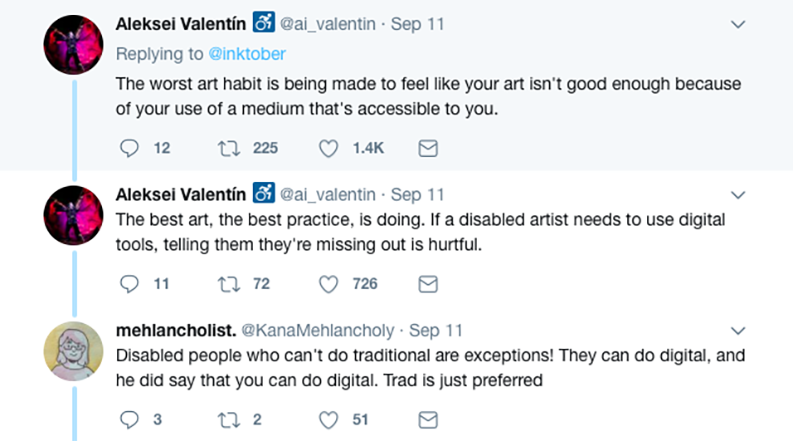
I remember looking at the comments on Jake Parker’s post and seeing a series of comments about disabled artists. One particularly said, “The worst art habit is being made to feel like your art isn’t good enough because of your use of a medium that’s accessible to you. The best art, the best practice, is doing. If a disabled artist needs to use digital tools, telling them they’re missing out is hurtful.”
Someone then replied that disabled digital artists are the exception.
I don’t think my own disability prevents me from drawing traditionally; I just prefer digital.
Some artists who are disabled rely on digital, and that’s perfectly okay.
I understand where Jake Parker is coming from, but the bottom line, however, is to learn about art and have fun with the prompts. Do what feels right for you.
That’s what I’m going to do. And I’m going to draw it digitally.
Your donation will support the student journalists of Streetsboro High School. Your contribution will allow us to purchase equipment and cover our annual website hosting costs.


